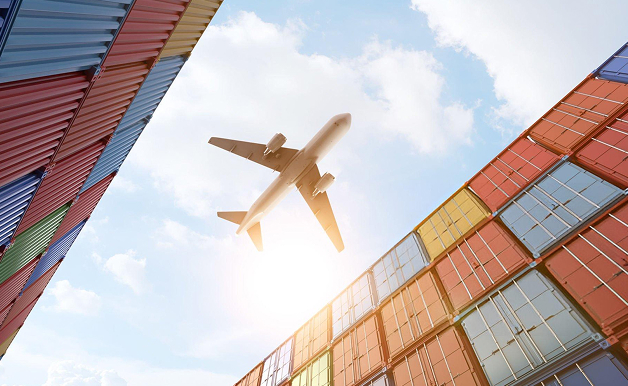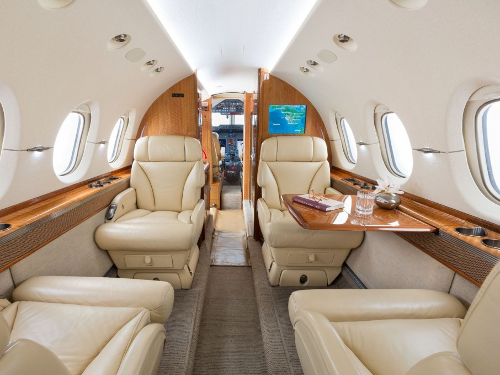
- 11th August 2025
Civil Aviation During the COVID-19 Pandemic:
Challenges, Adaptations and the Road Ahead
The COVID-19 pandemic was one of the most disruptive events in the history of civil aviation. From empty runways and grounded fleets to new health protocols and shifting passenger expectations, the global aviation industry faced unprecedented challenges. Yet, out of this crisis emerged resilience, innovation, and valuable lessons for the future.
Passenger Demand: A Dramatic Plunge
In early 2020, as nations closed their borders and imposed travel restrictions, global passenger air travel collapsed almost overnight. According to the International Air Transport Association (IATA), global air passenger demand dropped by over 60% in 2020, marking the steepest decline in modern aviation history.
Airlines had to quickly adapt:
- Reducing flight frequencies or temporarily suspending routes.
- Shifting operations towards domestic and short-haul flights, where travel restrictions were lighter.
- Reconfiguring aircraft for cargo transport to keep operations running.
Many airports, once bustling with millions of travellers each month became eerily quiet, symbolising the deep impact of the pandemic.
Health and Safety Measures: A New Standard for Air Travel
The pandemic redefined what it means to travel safely. Aviation authorities and airlines worldwide rolled out a series of health and safety protocols to reassure passengers and crew:
Mandatory face masks throughout flights and inside terminals.
Social distancing measures at check-in counters, boarding gates, and security lines.
Enhanced cleaning procedures, including disinfecting aircraft between flights and installing HEPA air filtration systems.
Touchless check-ins and self-service bag drops to reduce physical contact.
For many passengers, these changes became an expected part of the travel experience, even as restrictions eased.
Economic Impact: Turbulence for Airlines
The sudden halt in air travel placed tremendous financial strain on the aviation industry:
Airline losses exceeded $370 billion in 2020 alone, according to IATA estimates.
Major carriers resorted to massive layoffs and furloughs, affecting millions of aviation workers worldwide.
Some Governments stepped in with bailouts and financial aid packages, recognising aviation’s critical role in global connectivity and trade.
This period also forced airlines to reconsider their cost structures, optimize fleet usage, and invest in operational efficiency.

Cargo Aviation’s Rise: A Lifeline for Global Trade
While passenger flights were grounded, cargo aviation surged in importance. With the demand for e-commerce, medical supplies, and PPE (personal protective equipment) skyrocketing, air cargo became a lifeline for many industries.
Airlines converted passenger aircraft into “preighters” (passenger aircraft used for freight).
Cargo routes expanded, ensuring that essential goods reached their destinations despite lockdowns.
The transport of vaccines highlighted the critical role of air cargo in global health security.
This shift demonstrated that cargo services are not just an auxiliary part of aviation but a vital economic and humanitarian resource.
Recovery and Adaptation: A New Era of Travel
As vaccines became widely available, travel restrictions eased, and passenger confidence gradually returned. However, the pandemic permanently altered the way civil aviation operates:
- Touchless technology From biometric boarding to digital health declarations, minimizing touchpoints became standard practice.
- Vaccine passports and health passes Tools like the IATA Travel Pass emerged to streamline border entry requirements.
- Changes in passenger behavior More travelers prioritized flexibility in ticket bookings and valued hygiene and comfort more than ever.
Airports and airlines are now investing heavily in digital transformation, sustainability initiatives, and crisis readiness strategies.
Long-Term Lessons for the Aviation Industry
COVID-19 served as both a test and a teacher for civil aviation. Key takeaways include:
Resilience through diversification: Airlines with strong cargo operations fared better.
Health readiness is business readiness: Future crises will demand rapid deployment of safety measures.
Digital innovation is non-negotiable: From seamless passenger processing to predictive analytics for demand, technology is now central to aviation’s survival and growth.
Looking forward, the industry is better equipped to face future disruptions, whether from pandemics, economic downturns, or environmental challenges.
Conclusion
Civil aviation during the COVID-19 pandemic faced turbulence unlike any in history. Yet, through adaptation, innovation, and global cooperation, the industry navigated the storm. The lessons learned about resilience, adaptability, and the importance of connectivity will shape aviation for decades to come.
For service providers like NBJ VIP Ground Handling Ltd., these changes underscore the importance of agility, safety, and customer-focused solutions in an evolving travel landscape.
